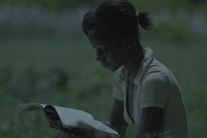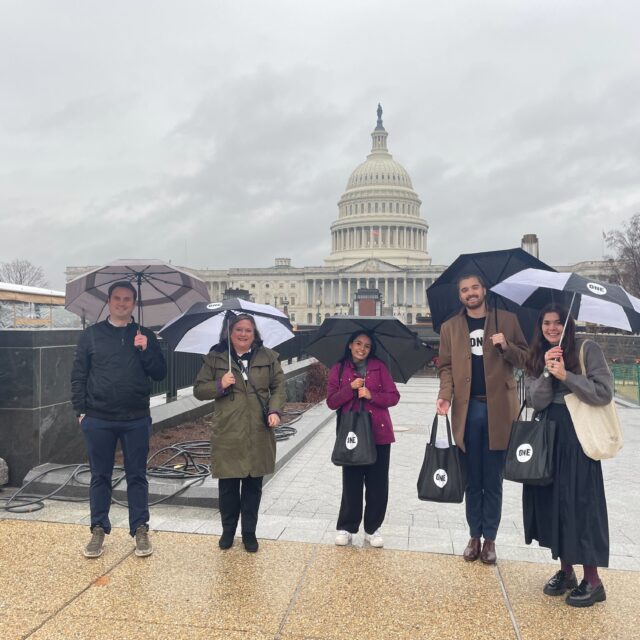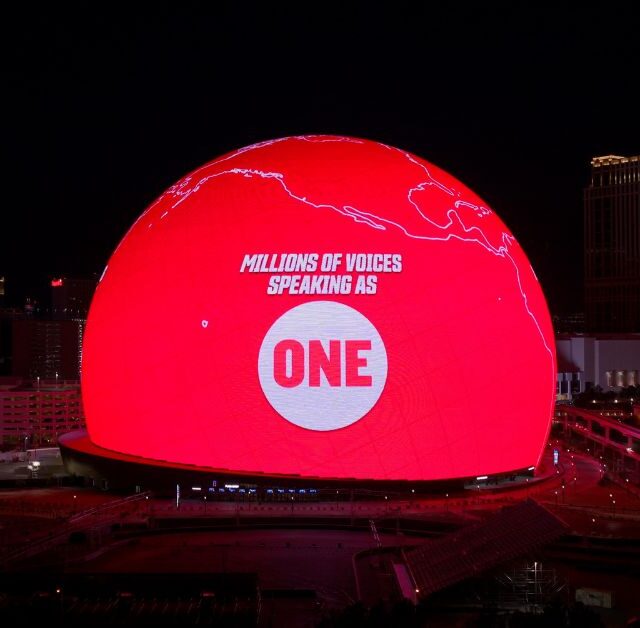This piece was written by Phil Goodwin, executive director of Lifeline Technologies, the product development arm of Lifeline Energy.
As schooling typically takes place during the day, we often forget the importance of lighting as a constraint to education in the developing world. We focus largely on pedagogy and little on access to energy.
A recent documentary by award-winning filmmaker Eva Weber entitled “Black Out” (which you can watch in the player below) captures the importance of energy to education. In its opening scene, hundreds of children in Guinea’s capital Conakry are too busy studying under the international airport’s parking lot lights to notice the sound of planes landing. The learners, none of whom have electricity at home, gather in publicly lit areas every night just to revise their school work.
Black Out – Trailer from HSI Short Films on Vimeo.
Growing up in South Africa during the 1980s, our local library served as our worldwide web and the Dewey Decimal System our Google. Our research was done by finding books and reading; if we wanted color pictures, that’s what crayons were for. However, much has changed in the past 30 years. In today’s digital age, energy access is crucial to obtain a quality education.
Despite South Africa boasting the highest figures for access to electricity in Africa, there are currently more than 3,000 schools without electricity. This, combined with recent Department of Energy statistics estimating that some 25 percent of households lack electricity, is a disturbing statistic for education in our country. In other sub-Saharan African countries, access levels are even worse.
A recent Time magazine article stated that 90 percent of children in sub-Saharan Africa go to primary schools that lack electricity – not so unbelievable when you consider a recent UNESCO report showing that in Burundi and Guinea only 2% of schools are electrified. Granted, these are relatively small African countries – but not far behind is DR Congo with only 8% school electrification for a population of 75.5 million (43% of whom are under 14 years). In the DRC alone, by these statistics, there are almost 30 million children attending school without power.
Tell Congress: Help give reliable electricity to 50 million people in Africa now.
There is also a clear correlation between access to energy and academic success. In 2011, a school in the south east of Sudan whose students averaged a pass rate of less than 50 percent were catapulted to 100 percent after the introduction of solar-powered generators. With light after dark, students could study safely at night. A school in Tanzania also recorded a similar boost in grades, as well as attendance, after the school became electrified.
The lack of energy access not only limits a child’s ability to study after dark. Electrification can help rural schools attract teachers, allowing them to prepare their lessons better. Electricity also enables the use of ICT’s in education, as well as access to the Internet and at home improved cooking facilities free up time traditionally spent collecting wood for education.
Eva’s poignant documentary strongly connects the relationship between electrification and education – without the former, the latter inevitably suffers. The haunting images of wandering school children studying under the sodium streetlights are both despairing and inspiring. The desire of these children to learn and believing that education holds the key to breaking the poverty cycle coupled with their resolve to succeed under the most challenging circumstances makes “Black Out” mandatory viewing for all children who are privileged to have power.
Take action for these students. Support the Electrify Africa bill by signing our petition here.
Lifeline Energy is a non-profit social enterprise that designs, manufactures and distributes solar and wind-up media players and radios for education and information access. Since 1999 more than 550,000 wind-up and solar powered radios and media players have been distributed, providing hundreds of thousands of children with access to an education.



